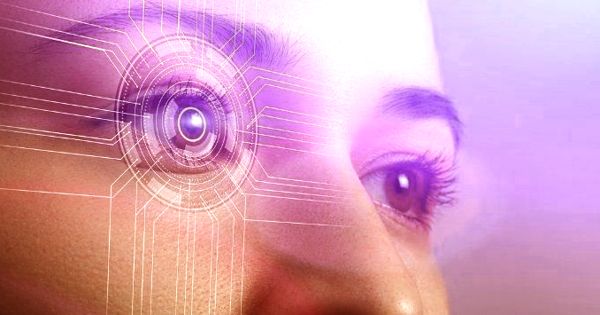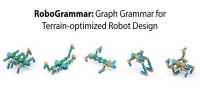Intelligent Cameras develop Human Perception on high spatial and spectral resolution
A team of researchers has developed an intelligent camera that achieves not only high spatial and temporal but also spectral resolution. Intelligent cameras are the next milestone in image and video processing. The camera has a wide range of applications that can improve environmental protection and resource conservation measures as well as autonomous driving or modern agriculture.
A team of researchers at the Chair of Multimedia Communications and Signal Processing at Friedrich-Alexander-Universität Erlangen-Nürnberg (FAU) has developed an intelligent camera that achieves not only high spatial and temporal but also spectral resolution.
‘Research up to now has mainly focused on increasing spatial and temporal resolution, which means the number of megapixels or images per second,’ explains lecturer Dr. Jürgen Seiler. ‘Spectral resolution – the wavelength and thus the perception of colors – has largely been adjusted to match human sight during the development of cameras, which merely corresponds to measuring the colors red, green, and blue. However, much more information is hidden in the light spectrum that can be used for a wide range of tasks. For example, we know that some animals use additional light spectra for hunting and searching for food.’
Three resolutions in one camera
Seiler, who is an electrical engineer, has therefore developed a high-resolution multi-spectral camera that enhances human perception with his team at the Chair of Multimedia Communications and Signal Processing (LMS) led by Prof. Dr. Kaup at FAU. It combines all three resolutions – spatial, temporal, and spectral – in a cost-efficient solution. ‘Up to now, there were only extremely expensive and complex methods for measuring the ultraviolet or infrared ranges of light or individual spectral bands for special industrial applications,’ says Seiler. ‘We looked for a cost-efficient model and we were able to develop a very cost-effective multi-spectral camera.’
At the same time, the new camera is greatly superior to existing systems in terms of its spatial, temporal, and spectral resolution. As the surroundings are recorded by several ‘eyes’ as is the case with human sight, the system also provides a precise indication of depth. This means that the system not only precisely determines the color and certain material properties of objects it captures, but also the distance between them and the camera.
Ideal for autonomous driving and environmental technology
Autonomous driving is a potential application for these new intelligent cameras. ‘A whole range of solutions to various problems has now opened up thanks to our new technology,’ says Seiler. “In the infrared range, for example, we can differentiate between real people and signposts using the thermal signature. For night driving, we can detect animals crossing the road with sufficient warning,” added Seiler.
The high-resolution multi-spectral cameras could also be used for protecting the environment and conserving resources. “Several plastics differ significantly from each other in various ranges of the spectrum, which is something the new intelligent camera can reliably detect. Large amounts of plastics are simply burned instead of separated for recycling as they have a similar appearance. We can now separate them reliably,” Genser said.















